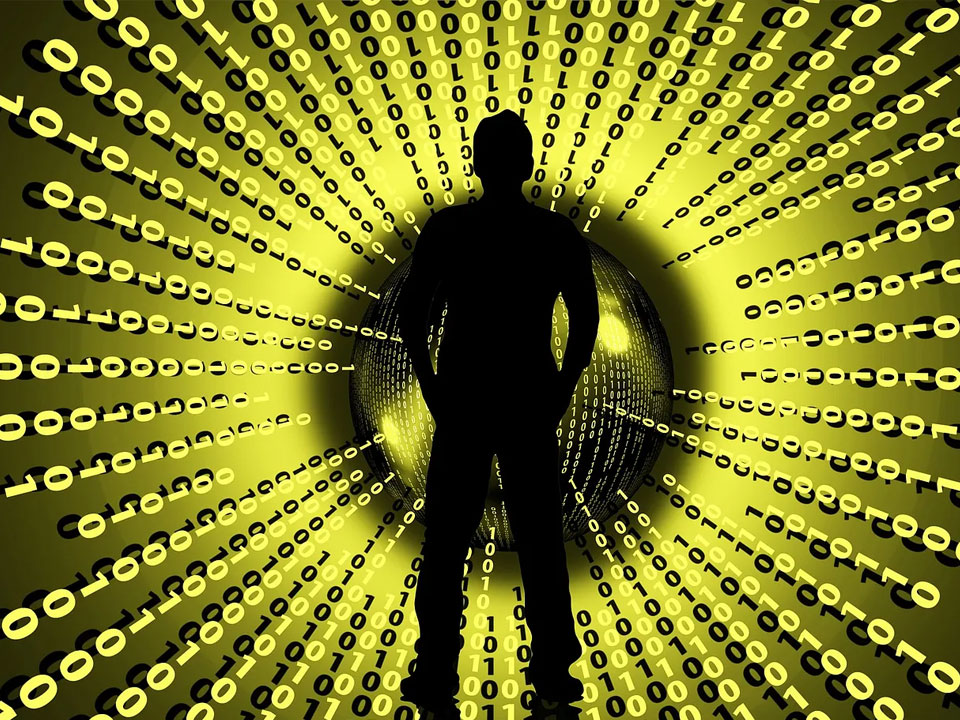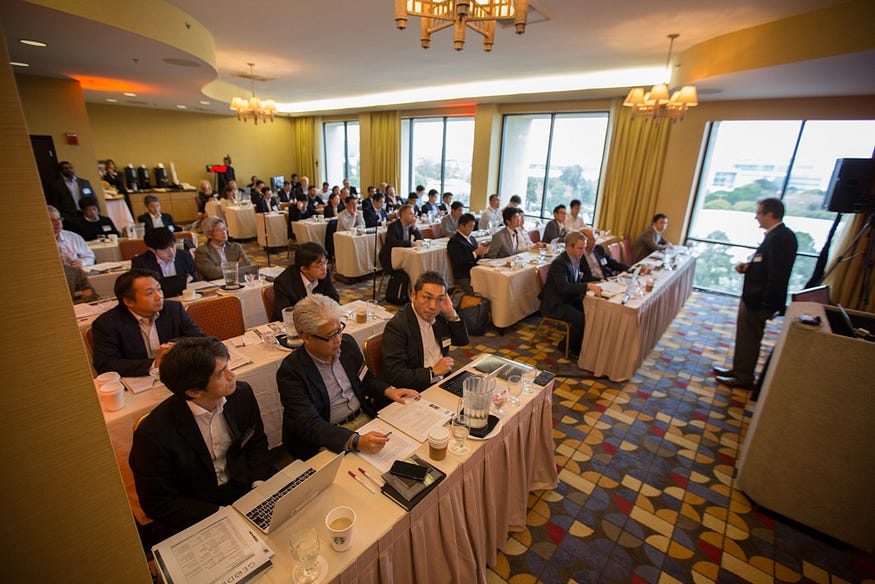Japan: a Good Fit for IIoT
Written byJennifer Swanson Lowe

Geodesic Capital’s mission is to introduce transformative U.S.-based technology companies to a broader global audience. To that end, we recently hosted a two-day event in Silicon Valley connecting 17 visionary companies in the Industrial Internet of Things (IIoT) ecosystem to key decision makers at leading Japanese corporations. The discussion focused on an array of topics within IIoT, but the primary takeaway is that intelligent automation will be a strategic imperative for industrial companies over the next few years.

The Potential Impact is Vast. All event participants agreed that IIoT will impact every industrial market, in areas ranging from smart equipment maintenance, to real-time supply chain management, to enhanced worker productivity and safety. An oft-cited statistic came from Morgan Stanley’s March 2016 IIoT report, arguing that IIoT is worth $42B to automation suppliers today, and can grow to $90–110B in 2020. The impact to the global economy could be even more significant, potentially adding $10–15 trillion to global GDP over the next 10–15 years.
Many Opportunities for the IIoT Ecosystem. Under the IIoT umbrella, we see a wide array of innovations helping industrial companies realize operational improvements. On the software front, companies are addressing ways to aggregate data efficiently, prep data for analysis, and synthesize that data into actionable insights and business value. On the hardware front, innovations range from smart devices to robots and drones that make humans both safer and more efficient.
Japan Will be a Critical Market for IIoT. Many IIoT innovators are focused on the U.S., Japan, and Germany as key markets, with those countries ranked #2, #3, and #4 respectively in global manufacturing production. While China is the largest manufacturer, developed economies like the U.S. and Japan face challenges that are ripe for IIoT solutions, such as high manufacturing costs, tight labor markets, aging populations, and stringent safety laws. Addressing these challenges with technology can help U.S. and Japanese companies retain their leadership in an increasingly globalized economy.

However, Challenges Remain. Industrial companies seem well aware of the potential value of IIoT, but we also heard a broad acknowledgement that industrial IoT lags consumer IoT in terms of actual adoption today. The MPI Group conducted a study in 2015 that found that 64% of participating manufacturers believe that IIoT will have “some” or “significant” impact on their businesses over the next five years, but only 11% had implemented an IIoT strategy. We identified a few common threads slowing adoption today, which also represent big opportunities for emerging technology companies to address.
(1) Fixing the DRIP. There is significant excitement around IIoT, but one of the biggest challenges is “DRIP,” or Data Rich Information Poor environments. Many industrial companies have lots of data, collected from a broad array of sensors, feeds, and smart devices. However, they are struggling to turn this data into actionable insights with real business impact. IIoT technology vendors are acutely focused on this issue, ensuring that businesses are collecting the right data, and have the skills, tools, and applications needed to extract business insight and take action.
(2) Talent is Scarce. Data Scientists are a limited resource, and traditional industrial companies are struggling to hire top technical talent. We saw customers and vendors approach the talent gap in two ways. Some organizations were looking to grow their own talent by sponsoring programs at leading engineering schools and conducting internal training programs. As a second approach, technology vendors hope to capitalize on the skills gap by leveraging their own technical teams, delivering full-stack packaged solutions to industrial businesses which require little data science expertise for industrial companies to install and deploy.
(3) Expensive to Start. There is agreement that companies can get value from IIoT when done right, but implementing an IIoT solution can require significant upfront investment and the result doesn’t always work as planned. We think that the technology industry can address this concern through subscription cloud models (where possible and appropriate) that limit upfront investment, and/or by building up increased evidence and case studies that solutions can reliably deliver promised ROI.
(4) Security is Paramount. In the wake of recent cyberattacks taking advantage of insecure connected devices, industrial companies are rightly concerned that IIoT could open up their corporate systems to attack. We see this as a ripe opportunity for security software to address.
IIoT is a critical area of interest for leading Japanese manufacturers, and we see significant opportunities for traditional manufacturers and leading startups to mutually benefit from technological advancement.

